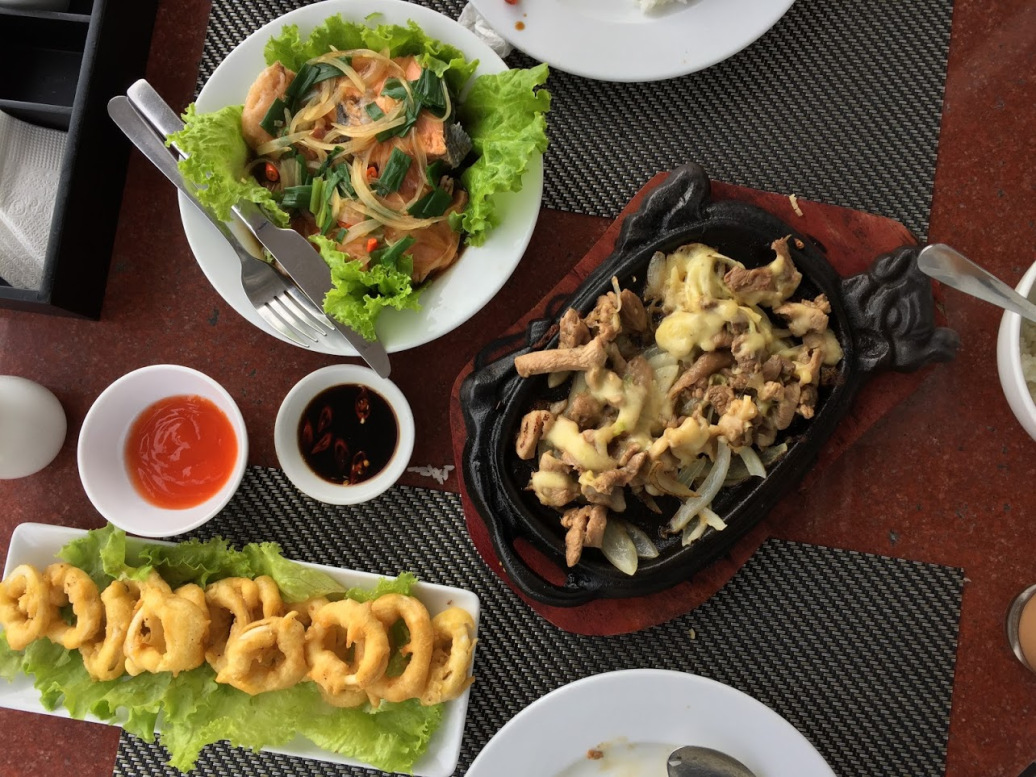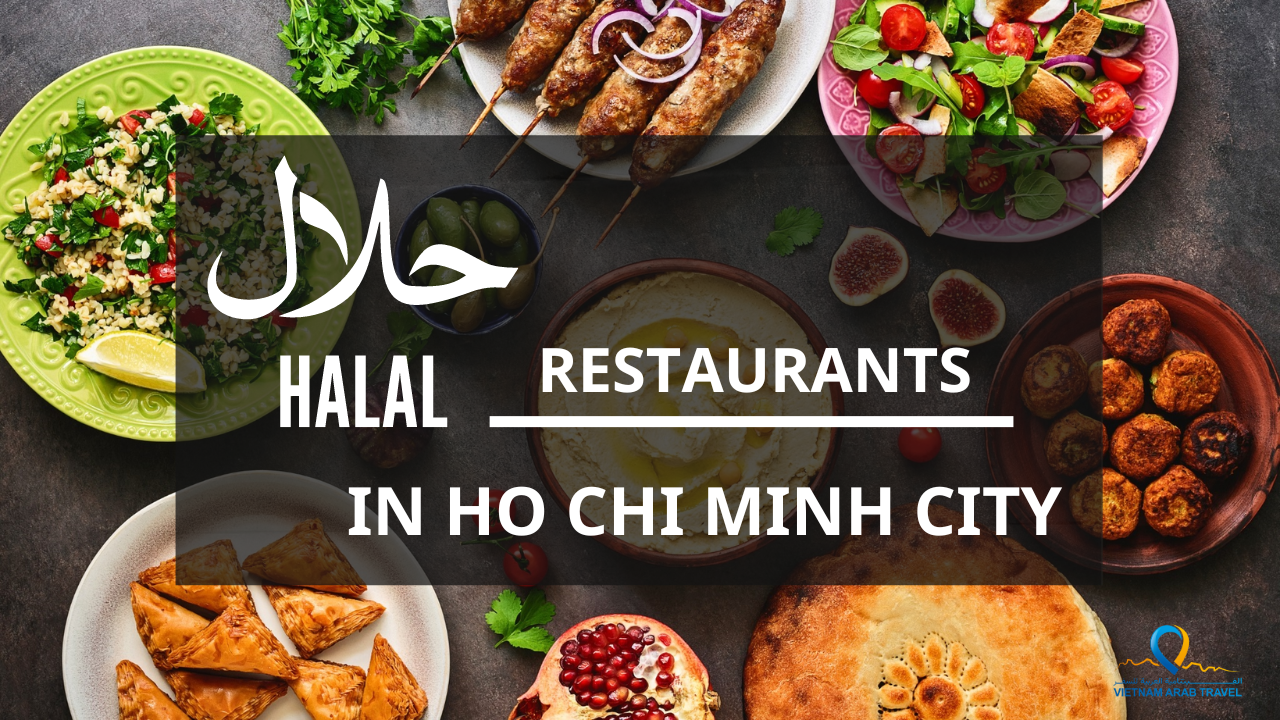Vietnamese sauces add sauciness
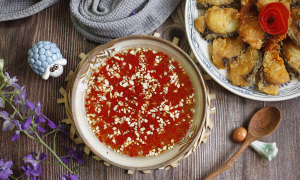
Let's take a look at a variety of the most popular Vietnamese dipping sauces, ranging from common fish sauce to unusual shrimp paste.
Nuoc mam - Fish sauce
One of the most well-known and essential components of Vietnamese cuisine is fish sauce. This sauce is vital to almost every Vietnamese meal served across the country. It is made from salted fish, mostly anchovies, that have been fermented for months or even a year. The liquid produced by the fermentation process is then extracted to produce the sauce. The salty and somewhat sweet flavor of the dark red liquid is unmatched.
Vietnamese people love fish sauce because it adds a distinctive aroma and flavor to any dish. You can use it as a marinade before cooking, as a seasoning while eating, or as a straightforward dipping sauce. It even works well in non-Asian cuisine.

You can mix fish sauce with additional ingredients to make variations like the sweet-and-sour fish sauce, which is made of fish sauce, sugar, lime juice, minced garlic, and chilies.
Mam tom - Fermented shrimp paste
Despite the strong smell, fermented shrimp paste is a staple of Vietnamese cuisine, especially in northern Vietnam. This condiment is made by salt-fermenting shrimp, resulting in a thick purple-ish paste. Shrimp paste has a strong seafood aroma and a salty, savory flavor. You will find this special sauce as both a dipping sauce and a spice in various Vietnamese dishes.
Famous favorites such as bun dau (vermicelli with fried tofu), and cha ca La Vong (turmeric fish with dill) are well-known for how well they go with a shrimp paste dipping sauce. The shrimp paste is also an indispensable seasoning in many local dishes, especially noodles. Bun rieu (crab noodle soup), bun oc (snail noodle soup), and bun thang (noodle soup with chicken, pork, and egg) are all popular with this sauce.

Some first-time eaters might not enjoy the outright intensity of mam tom, which is an acquired taste for many people. However, once you have gotten used to the pungent flavor, you will easily get addicted.
Muoi ot - Chili salt
Muoi ot, a vibrant and spicy chili salt, pairs well with most of Vietnam's favorite tropical fruits. The seasoning's two main ingredients are birdseye chili and salt, as the name suggests. Other ingredients like sugar and garlic can also be added. This seasoning is loved by many for its salty, spicy flavors.
Combined with the sweet or sour fruits, it will make your mouth water and keep you wanting more. Fruits such as green mango, pineapple, ambarella, guava, and java apple are most commonly served with chili salt. You can also use chili salt to marinate your choice of meat or seafood for grilling or baking.

Making chili salt is a traditional vocation in Tay Ninh Province that borders HCMC and Cambodia. The Tay Ninh chili salt making process, which is extra special with the addition of shrimp powder, has been recognized as a national intangible cultural heritage by the Ministry of Culture, Sports, and Tourism.
Mam nem - Fermented anchovy sauce
Mam nem is an anchovy sauce again made from fermenting the fish. Mam nem has a stronger pungent flavor than its cousin fish sauce, which is made from the same fish. However, in comparison, it is not as powerful as mam tom. The sauce originated in central Vietnam and is a popular condiment among locals of the region. It is frequently combined with sugar, pineapples, and spices to have a sweeter taste and smell less fishy.

You can savor the fermented anchovy dipping sauce with boiled pork, vermicelli, banh uot (wet rice cake), or banh trang cuon thit heo (rice paper rolls with pork).
Mam ruoc - Fermented tiny shrimp sauce
Mam ruoc is a sauce made from acetes, a tiny shrimp fermented for 6 to 9 months. Mam ruoc, unlike mam tom, does not have a fishy odor and is actually fragrant. It is also much darker in color than shrimp paste. The sauce has a savory and salty flavor. This fermented shrimp paste can be used as a soup condiment or mixed with other ingredients for a dipping sauce.

In the Central and Southern regions, fermented shrimp sauce is quite popular. You can eat mam ruoc dipping sauce with green mango, boiled pork, or simply a bowl of steaming hot rice. It can also be used as a key ingredient in dishes such as the traditional home-cooked dish thit kho mam ruoc (pork braised with shrimp paste), or the street food banh trang mam ruoc (grilled rice paper with shrimp paste).
Muoi chanh ot - Chili lime salt
Muoi chanh ot, or chili lime salt, is a dipping sauce that originated in the coastal town of Nha Trang. It is made of either green or red chilis, lime juice, white sugar, salt, lime leaves, and condensed milk. Condensed milk's sweetness contributes to the sauce's well-balanced taste and lessens the chilies' spiciness. You will look forward to each taste of this sauce thanks to the sweet, spicy and salty flavor, as well as the aroma of the lime leaves.

The sauce is served as a condiment with a variety of seafood dishes and grilled meats. But seafood is most likely the best option. Muoi chanh ot helps to eliminate the fishy smell of seafood while also enhancing the flavor.
Chao - Fermented tofu sauce
Chao, or fermented tofu, is a beloved sauce of Vietnamese people, especially vegetarians, despite not being as well-known as other sauces in Vietnamese cuisine. It is made of tofu that has been fermented for at least a month in a brine made of water, salt, and rice wine. It has a very soft texture and is quite fatty, salty, and sometimes spicy. When chao is fermented for a long time, it develops a strong flavor that is similar to cheese.

Chao can be used for soup and to marinate your choice of meat, in addition to being a great dipping sauce.
As a dipping sauce, the fermented tofu is served as a small cube that you then mash into a thick sauce. Some people combine it with lime juice, sugar, chili, and/or a small amount of water to dilute it. The concoction can then be used to dip vegetables, grilled meat, and as a side dish for hot pots.
Sot dau phong - Peanut dipping sauce
If you're a fan of fresh spring rolls, you probably love sot dau phong (peanut dipping sauce). This is a sauce made from a simple combination of peanut butter, hoisin, vinegar, and water. It is known for its flavorful, tangy and nutty flavors, with a thick and creamy texture. This simple sauce is the easiest way to bring your favorite Vietnamese dishes to life.

This peanut sauce goes well with spring rolls, noodles, salads, or even banh xeo (sizzling Vietnamese crepes).
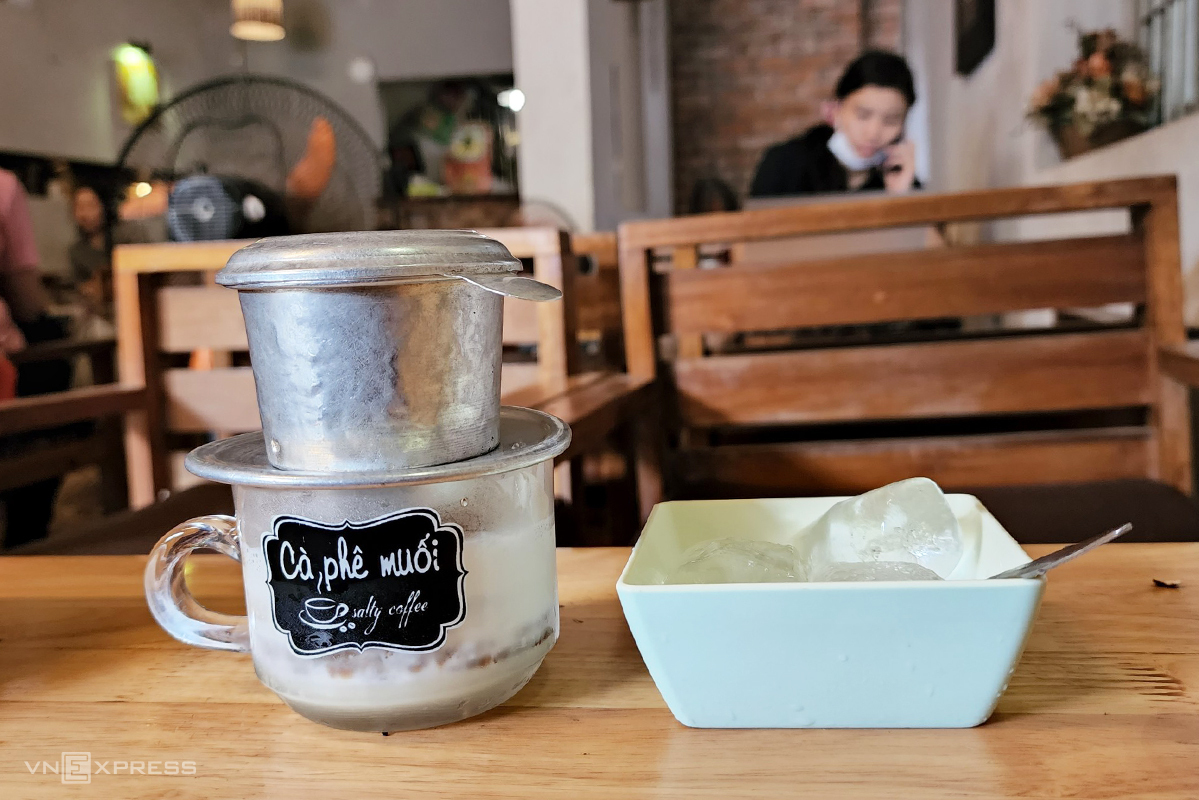
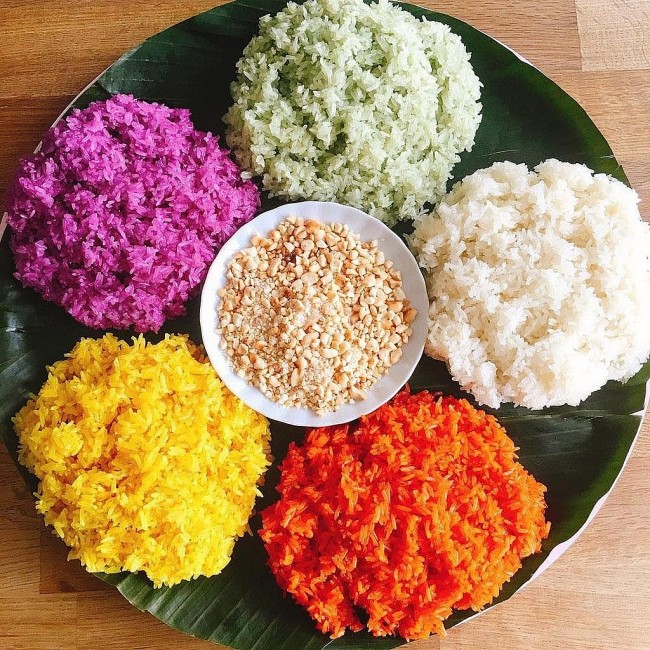
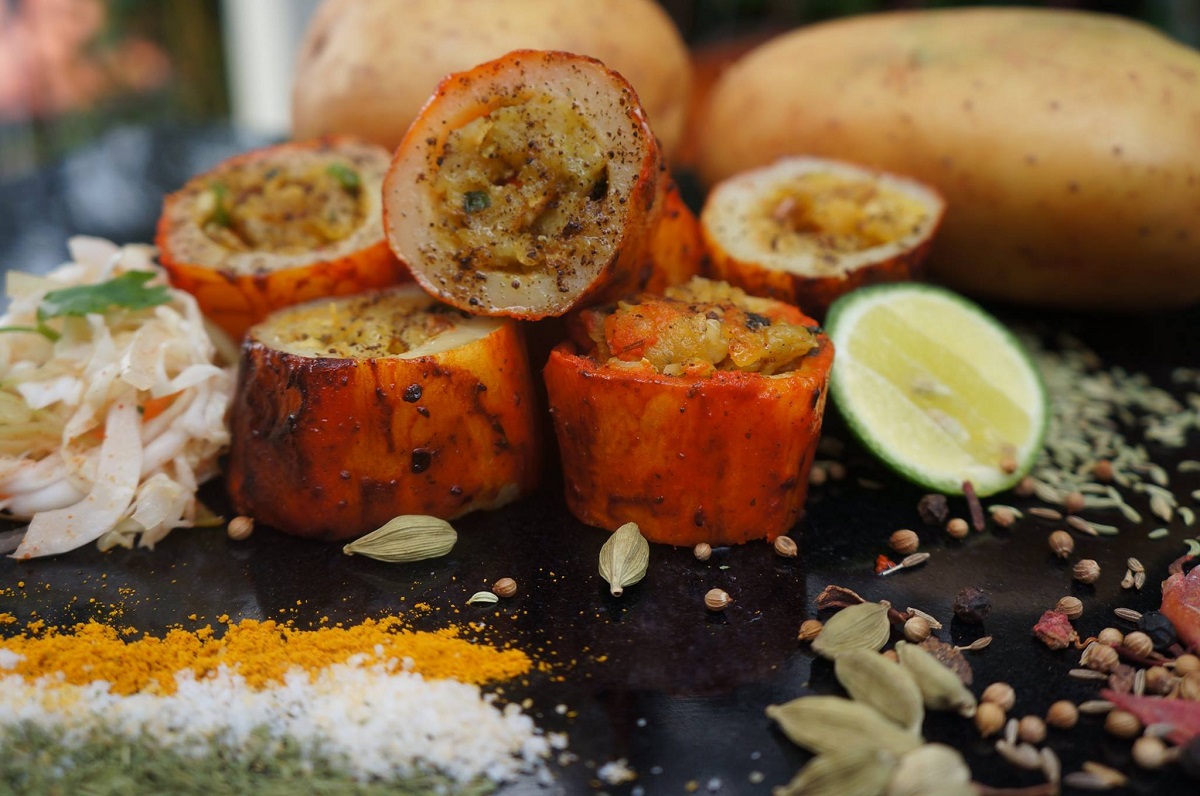
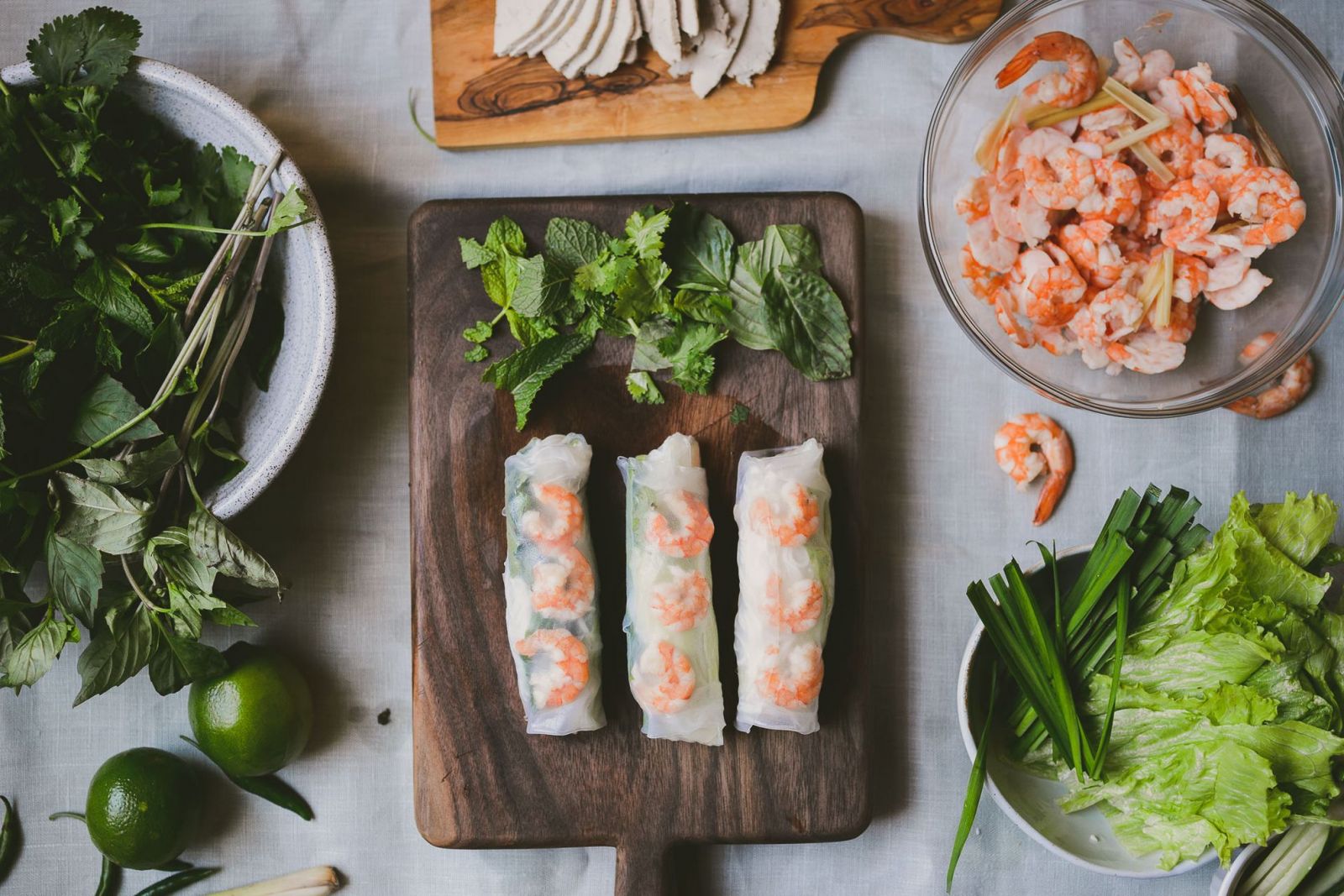
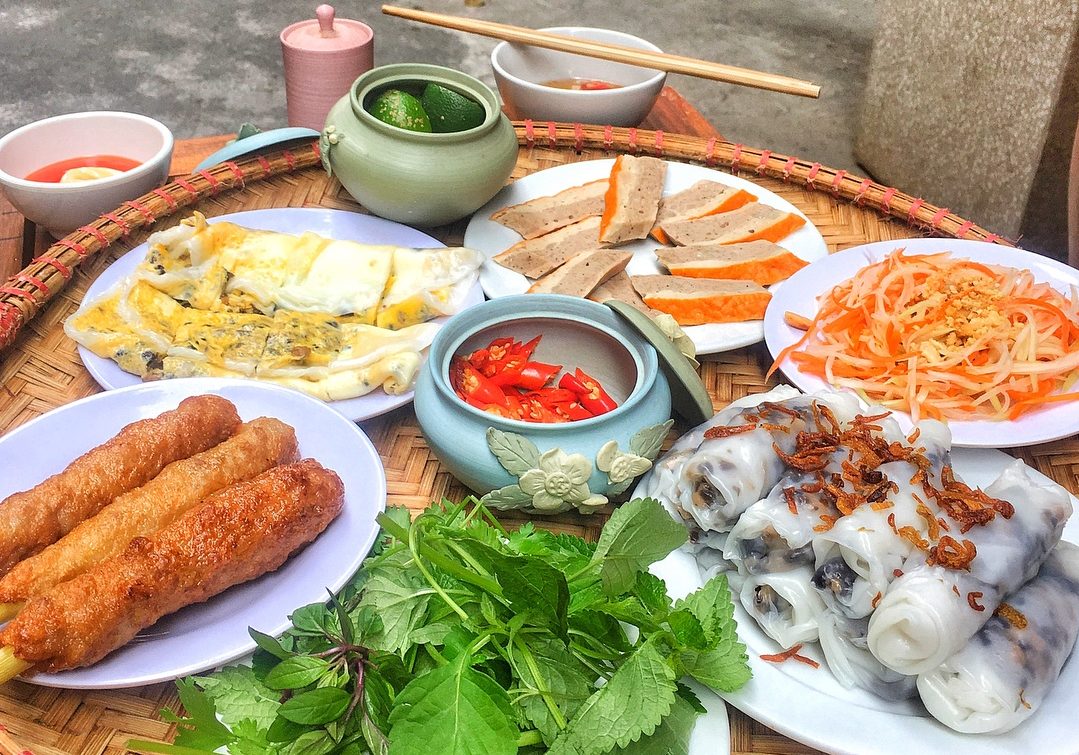
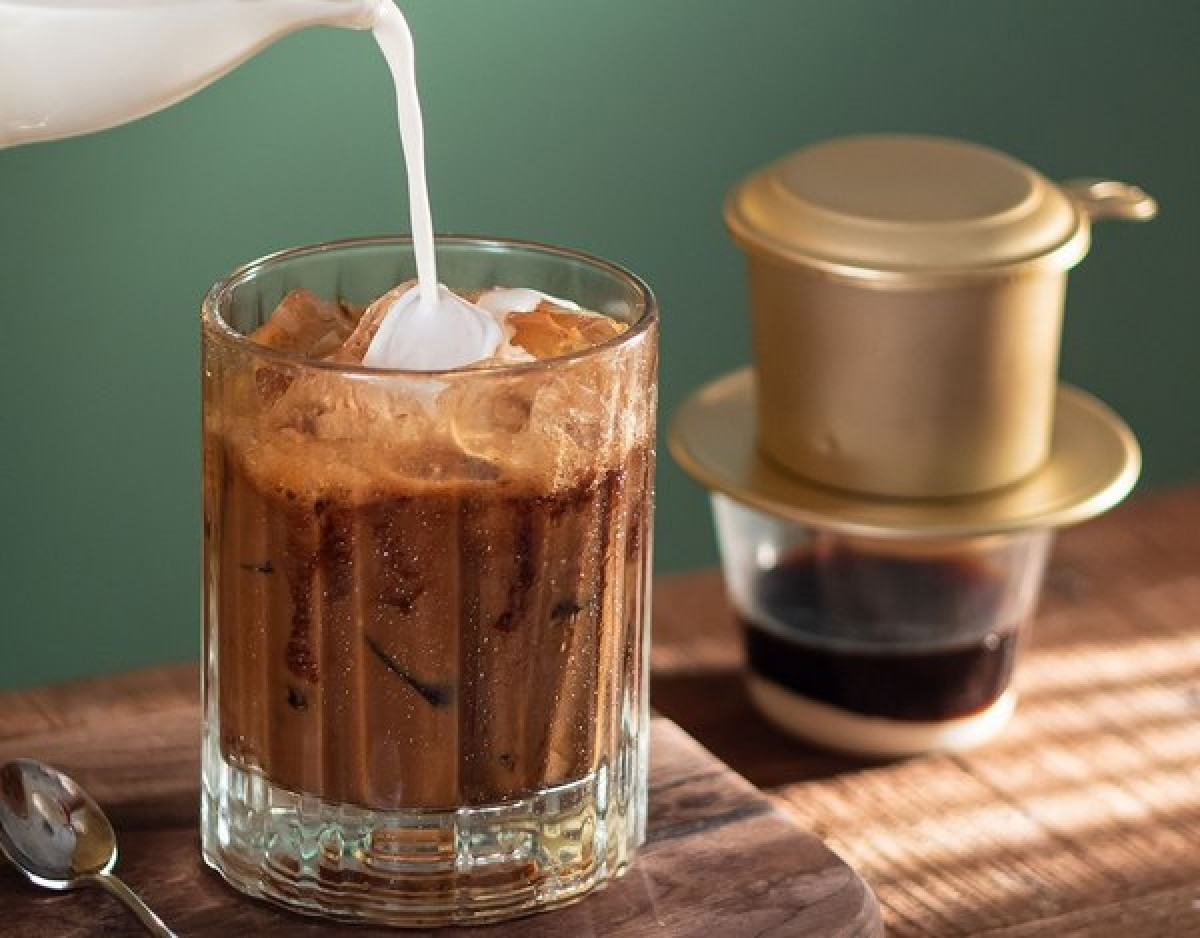
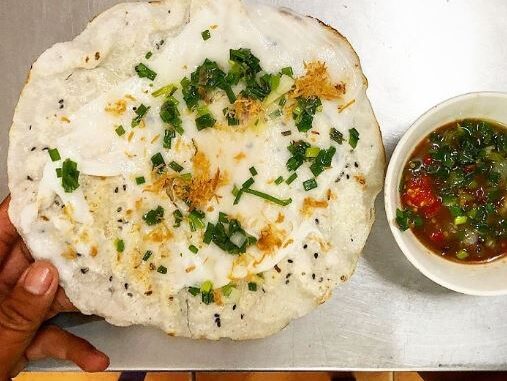
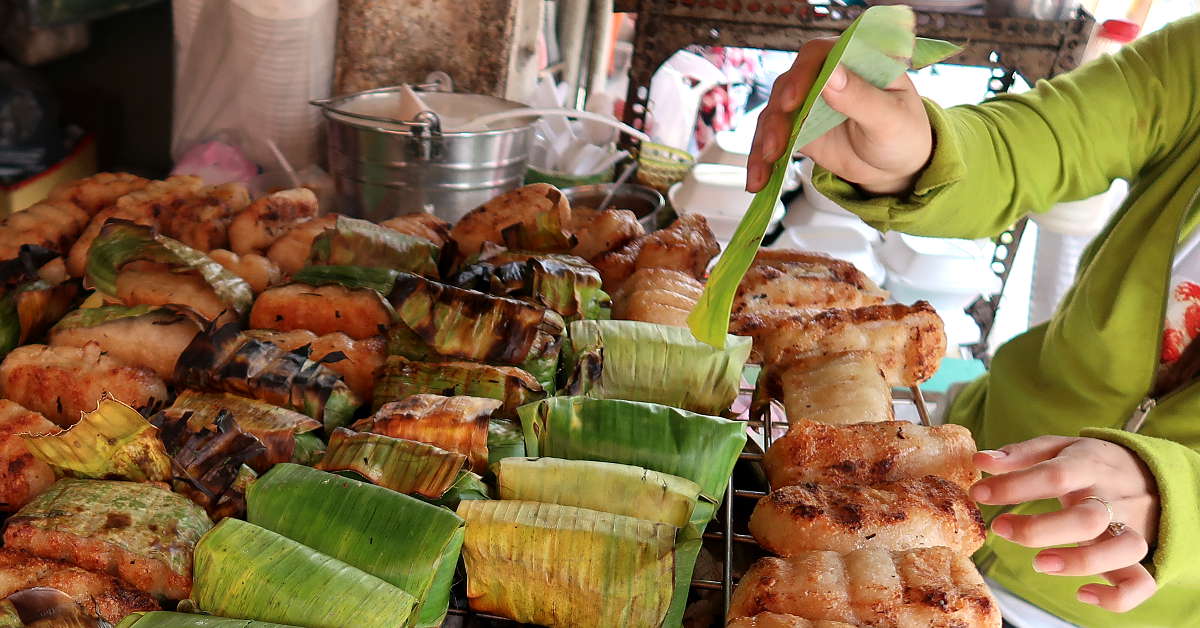
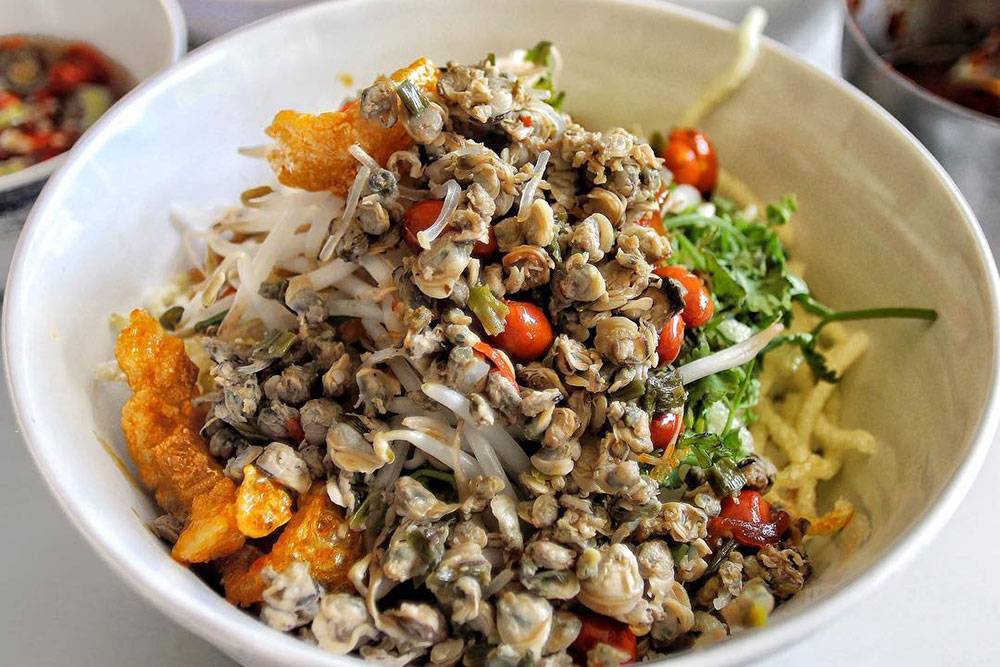
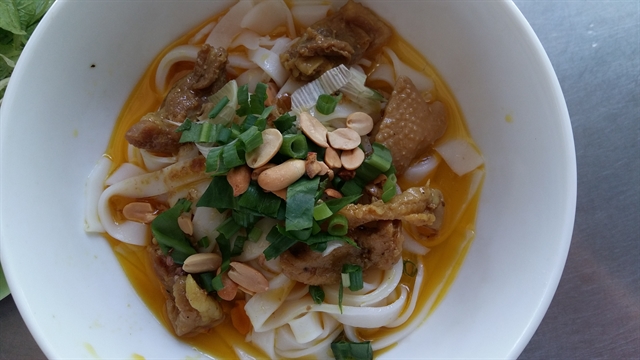
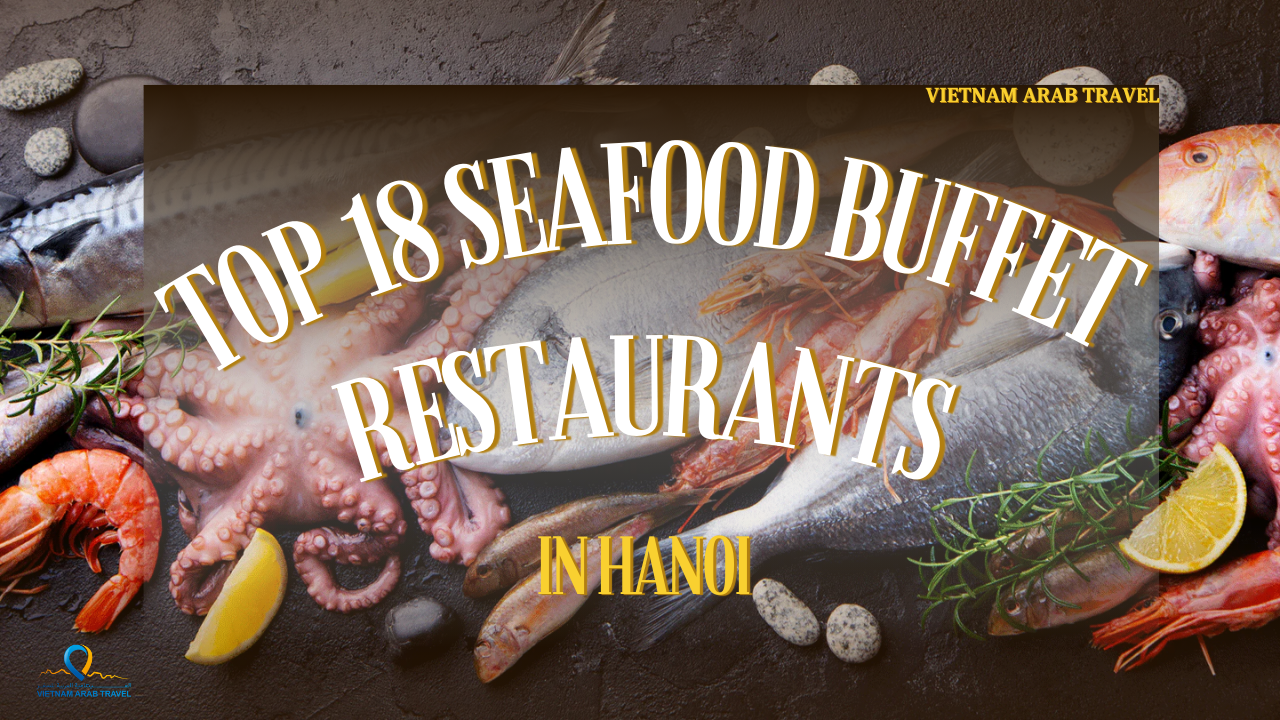

.png)
